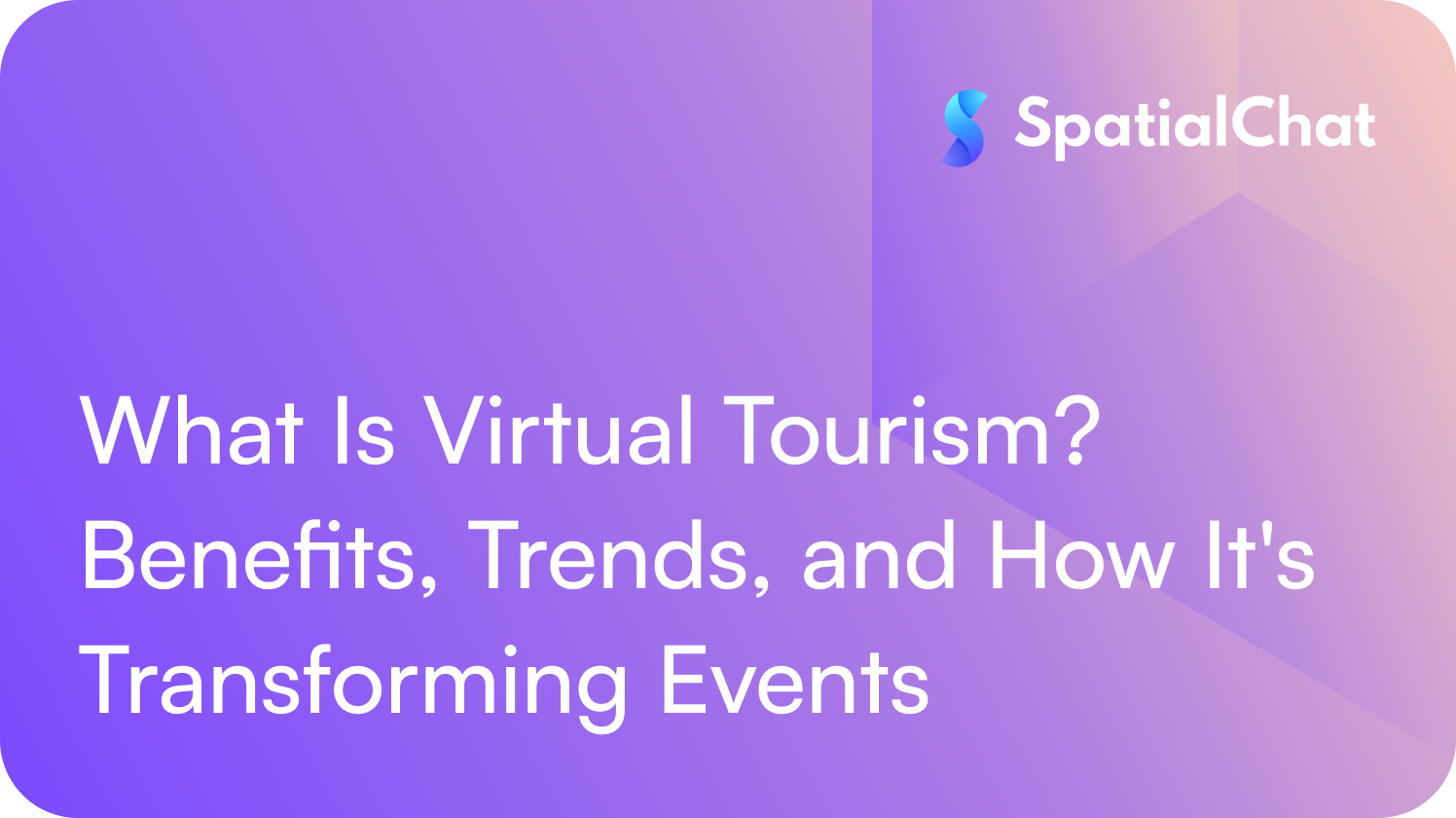Virtual tourism—or virtual travel—is a rapidly growing concept that blends immersive technology with the desire to explore, experience, and engage from afar. In this article, we’ll dive into what virtual tourism is, why it’s gaining traction, and how virtual tourism planners are helping businesses and corporations embrace this digital shift.
What Is a Virtual Tour?
A virtual tour is a digital simulation—typically in panoramic or video format—of an existing location that users can explore online. In simple terms, virtual tourism allows people to experience real-world destinations from the comfort of their devices.
Once seen mainly as a marketing tool for the travel sector, virtual tourism is now a widely discussed innovation across industries. Its rising popularity is fueled by environmental awareness, health and safety concerns, and the need for more inclusive and accessible travel alternatives. Corporate leaders and business professionals increasingly turn to virtual travel to deliver engaging and unique experiences to clients, teams, and stakeholders.
The Rise of Virtual Tourism
Today, virtual tourism includes a variety of formats—not just immersive headsets or advanced simulations. From online museum visits and property tours to interactive city guides and cultural showcases, digital tourism experiences are becoming a powerful way to connect people with places and ideas. This immersive tourism approach expands the boundaries of traditional travel, offering fully interactive, digitally mediated realities.
Corporate teams use virtual destinations to enhance team-building and training experiences. Schools and universities bring historical sites and global landmarks into the classroom. Event organizers rely on digital tours to add value and engagement to conferences, trade shows, and product launches.
Virtual tourism isn’t just about offering remote experiences. It serves practical purposes too—from helping convention centers connect with international attendees to enabling real estate clients to tour properties virtually before purchasing.
In essence, virtual tourism is no longer just a substitute for travel—it’s a versatile tool for communication, education, and connection.
Virtual Tourism Driving Brand Engagement and Awareness
Virtual tourism is no longer confined to travel marketing; it now plays a key role in brand engagement across sectors. Businesses can integrate virtual experiences with both in-person and digital strategies to create hybrid events that attract broader audiences and foster lasting connections.
For marketers, virtual tourism offers a powerful way to enhance customer loyalty. Virtual events provide valuable data on user preferences and behaviors, enabling businesses to tailor future interactions with a more personalized approach. The ability to track and analyze audience engagement helps improve event effectiveness and deepen relationships with attendees.
By leveraging insights from virtual experiences, brands can deliver more relevant content, attract diverse audiences, and maintain engagement long after the event ends.
Where Events and Virtual Tourism Intersect
Let’s face it—no one remembers a dull event. Whether in-person, virtual, or hybrid, lack of engagement can quickly lead to disengaged attendees and missed opportunities. In today’s digital-first landscape, event planners are embracing crossover strategies that integrate virtual tourism elements to make experiences more immersive, memorable, and interactive.
One creative approach to bridging the gap between physical and virtual audiences is through interactive activities. For example, attendees can take a selfie and place it on a branded virtual background—similar to a digital photo booth experience. Another idea is to create a real-time event feed, much like a social media wall, where both online and on-site participants can share updates, interact, and stay connected throughout the event.
Bringing Crossover Events to Life: Virtual Planners Step In
While brainstorming these ideas is easy, executing them effectively can be complex and costly without the right support. Fortunately, the rise of virtual event platforms has made it easier for organizers to deliver high-impact, tourism-inspired experiences.
Take SpatialChat, for instance. This all-in-one event management platform is designed to support events of all sizes and formats, combining robust features with a user-friendly interface. SpatialChat enables organizers to design immersive environments using virtual lobbies, breakout spaces, and auditoriums. But it goes beyond logistics—it also prioritizes engagement.
From gamified elements like virtual scavenger hunts to interactive exhibit booths, SpatialChat transforms passive attendance into active participation. These features encourage attendees to explore, interact, and connect—enhancing not just individual experience but also overall event ROI.
The SpatialChat team also supports event organizers by guiding attendees to specific sessions, booths, or activities—ensuring that engagement is both intentional and fun. The platform empowers planners to be as creative as they want while keeping their goals—higher participation, better interaction, and meaningful connections—front and center.
Key Takeaways
As the way we work, travel, and gather continues to evolve, virtual tourism is becoming an essential part of the modern event playbook. By integrating immersive, tourism-style experiences and virtual event ideas into their agendas, event organizers can create more dynamic, engaging, and inclusive environments.
Leading platforms like SpatialChat have already begun weaving these crossover strategies into their services, helping brands deliver events that are not only organized and insightful but also exciting and fresh.
In a world where attention is the new currency, the combination of events and virtual tourism offers a powerful way to stand out—and leave a lasting impression.
